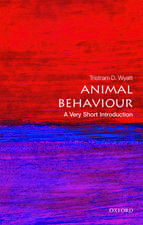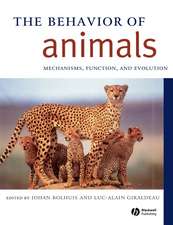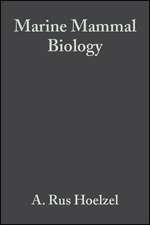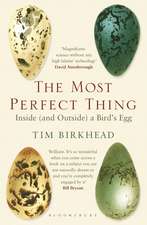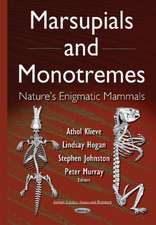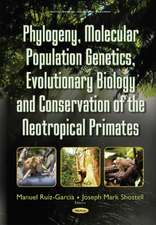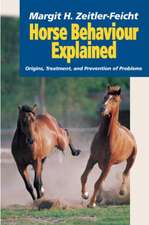Progress in Cell Cycle Research: Volume 4: Progress in Cell Cycle Research
Autor Laurent Meijer, Armelle Jezequel, Bernard Ducommunen Limba Engleză Hardback – 30 noi 1999
Preț: 582.77 lei
Preț vechi: 685.62 lei
-15% Nou
Puncte Express: 874
Preț estimativ în valută:
111.54€ • 114.95$ • 94.17£
111.54€ • 114.95$ • 94.17£
Carte tipărită la comandă
Livrare economică 01-15 martie
Preluare comenzi: 021 569.72.76
Specificații
ISBN-13: 9780306463051
ISBN-10: 0306463059
Pagini: 256
Dimensiuni: 156 x 234 x 18 mm
Greutate: 0.54 kg
Editura: Springer
Seria Progress in Cell Cycle Research
Locul publicării:Boston, MA, United States
ISBN-10: 0306463059
Pagini: 256
Dimensiuni: 156 x 234 x 18 mm
Greutate: 0.54 kg
Editura: Springer
Seria Progress in Cell Cycle Research
Locul publicării:Boston, MA, United States
Public țintă
ResearchCuprins
Preface. Relationship between RAS pathways and cell cycle control; M.E. Ewen. Cell-Anchorage, cell cytoskeleton, and Rho-GTPase family in regulation of cell cycle progression; I. Tatsuno, et al. The Continuum model and G1-control of the mammalian cell cycle; S. Cooper. Histone acetylation and the control of the cell cycle; L. Magnaghi-Jaulin, et al. 14-3-3. proteins and growth control; V. Baldin. A Cdc7p-Dbf4 protein kinase activity is conserved from yeast to humans; L.H. Johnston, et al. Alternative product of the p16/CKDN2A locus connects the Rb and p53 tumor suppressors; M.C. James, G. Peters. Phosphorylation-dependent prolyl isomerization: a novel cell cycle regulatory mechanism; K.P. Lu. Functions of Pho85 cyclin-dependent kinases in budding yeast; J. Moffat, et al. Cell cycle regulation by the Cdc 25 phosphatase family; I. Nilsson, I. Hoffmann. Molecular mechanisms of the initiation of oocyte maturation: general and species-specific aspects; M. Yamashita, et al. The activation of MAP kinase and p34 cdc2/cyclin B during the meiotic maturation of Xenopus oocytes; A. Palmer, A.R. Nebreda. Premature chromatin condensation caused by loss of RCC1; H. Nishijima, et al. HTLV-I tax and cell cycle progression; C. Neuveut, K.-T. Jeang. The cell cycle in protozoan parasites; C. Doerig, et al. Circadian control of cell division in unicellular organisms; M. Tetsuya, C.H. Johnson. Circadian variation of cell proliferation and cell cycle protein expression in man: clinical implicatikons; G. Bjarnason, R. Jordan. Molecular switches that govern the balance between proliferation and apoptosis; B. Schutte, F.C.S. Ramaekers. Molecular events that regulate cell proliferation: an approach for the development of new anticancer drugs; E. Damiens. Abortive oncogeny and cell cycle-mediated events in Alzheimer disease; A.K. Raina, et al. Contributors. Index.
Recenzii
`The editors have produced a stimulating volume thanks to the excellent contributions of the authors, with all of them having delivered their manuscripts on time such that the publishing delay has been only about a year. A good read for both those workers engaged in cell cycles studies and students who are `just interested'.' Cell Biochemistry and Function, 19:1 (2001)





